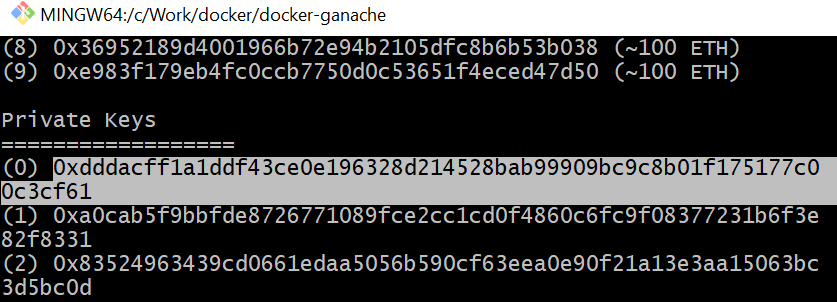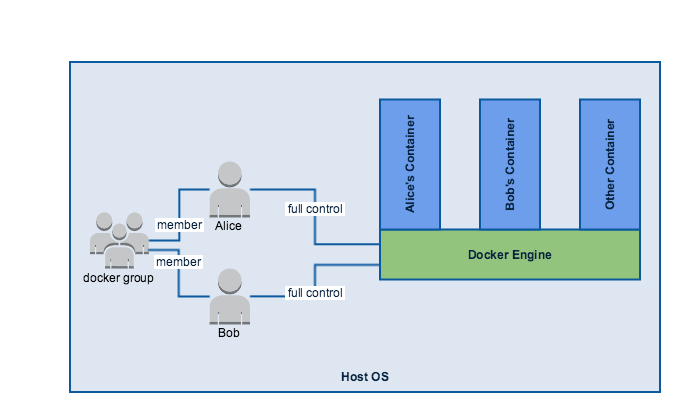
This option makes the file system accessible as read/write.Containers are no longer only used on servers. w, -writable by default all Singularity containers are available as read only. W, -workdir string working directory to be used for /tmp, /var/tmp and $HOME (if -c/-contain was also used) vm-ram string amount of RAM in MiB to allocate to Virtual Machine (implies -vm) (default "1024") vm-ip string IP Address to assign for container usage. vm-cpu string number of CPU cores to allocate to Virtual Machine (implies -vm) (default "1") uts run container in a new UTS namespace This disables some features of Singularity, for example it only works with sandbox images. u, -userns run container in a new user namespace, allowing Singularity to run completely unprivileged on recent kernels. security strings enable security features (SELinux, Apparmor, Seccomp) S, -scratch strings include a scratch directory within the container that is linked to a temporary dir (use -W to force location) pwd string initial working directory for payload process inside the container p, -pid run container in a new PID namespace pem-path string enter an path to a PEM formated RSA key for an encrypted container passphrase prompt for an encryption passphrase o, -overlay strings use an overlayFS image for persistent data storage or as read-only layer of container nohttps do NOT use HTTPS with the docker:// transport (useful for local docker registries without a certificate) no-privs drop all privileges from root user in container) no-init do NOT start shim process with -pid no-home do NOT mount users home directory if home is not the current working directory

network-args strings specify network arguments to pass to CNI plugins network string specify desired network type separated by commas, each network will bring up a dedicated interface inside container (default "bridge") n, -net run container in a new network namespace (sets up a bridge network interface by default)

keep-privs let root user keep privileges in container (root only) i, -ipc run container in a new IPC namespace src is the source path of the home directory outside the container and dest overrides the home directory within the container. spec can either be a src path or src:dest pair. H, -home string a home directory specification. f, -fakeroot run container in new user namespace as uid 0 drop-caps string a comma separated capability list to drop docker-login login to a Docker Repository interactively dns string list of DNS server separated by commas to add in nf disable-cache dont use cache, and dont create cache C, -containall contain not only file systems, but also PID, IPC, and environment tmp and $HOME) instead of sharing filesystems from your host c, -contain use minimal /dev and empty other directories (e.g. e, -cleanenv clean environment before running container Multiple bind paths can be given by a comma separated list.

Mount options ('opts') may be specified as 'ro' (read-only) or 'rw' (read/write, which is the default). If dest is not given, it is set equal to src. spec has the format src], where src and dest are outside and inside paths. B, -bind strings a user-bind path specification.

apply-cgroups string apply cgroups from file for container processes (root only) app string set an application to run inside a container allow-setuid allow setuid binaries in container (root only) add-caps string a comma separated capability list to add Oras://* A container hosted on a supporting OCI registry Shub://* A container hosted on Singularity Hub (See the instance command group.) library://* A container hosted on a Library (default )ĭocker://* A container hosted on Docker Hub instance://* A local running instance of a container. Directory containing a valid root file system and optionally Singularity meta-data. Singularity run accepts the following container formats: All arguments following the container name will be passed If the file is present (andĮxecutable) then this command will execute that file within the containerĪutomatically. The container that contains shell commands. This command will launch a Singularity container and execute a runscript


 0 kommentar(er)
0 kommentar(er)
